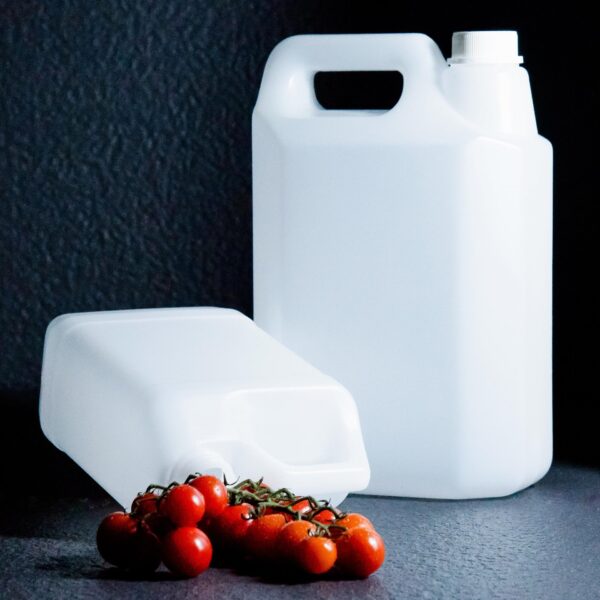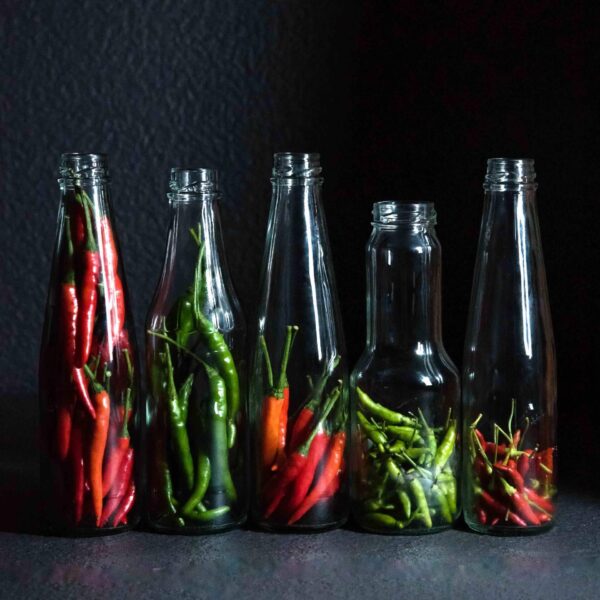Key Features of Plastic Bottles:
Convenience:
- Lightweight: Plastic bottles are much lighter than glass bottles, making them easier to transport and carry. This is especiallybeneficial for large quantities of liquids.
- Unbreakable: Unlike glass, plastic bottles are not prone to shattering if dropped. This makes them safer for use around children or during active situations.
- Resealable: Many plastic bottles come with resealable caps, allowing for multiple uses and preventing spills.
Cost-effective:
- Lower production cost: Plastic is generally cheaper to produce than glass, leading to lower priced bottles.
- Lower transportation cost: Due to their lighter weight, plastic bottles require less energy to transport, reducing overall costs.
Protection:
- Moisture barrier: Plastic is a good moisture barrier, helping to prevent liquids from evaporating or absorbing moisture from the environment. This is important for preserving the quality of the product inside.
- Impact resistance: While not completely unbreakable, plastic bottles offer good impact resistance, protecting the contents from damage during handling.
Other Features:
- Transparency: Some plastic bottles are clear or translucent, allowing consumers to see the product inside.
- Versatility: Plastic bottles can be molded into various shapes and sizes, making them suitable for a wide range of products.
- Recyclability: Many plastic bottles are recyclable, helping to reduce environmental impact. However, recycling rates can vary depending on location and infrastructure.
- However, plastic bottles also have some drawbacks:
- Environmental impact: Plastic production and disposal can contribute to environmental pollution.
- Limited heat resistance: Plastic bottles can deform or melt at high temperatures, limiting their use for hot liquids.
- Potential for chemical leaching: Some chemicals in certain plastics can potentially leach into the contents, especially at high temperatures.Look for food-grade plastic bottles to minimize this risk.Overall, plastic bottles offer a convenient, cost-effective, and versatile solution for packaging liquids. However, it’s important to be aware of their environmental impact and choose the right type of plastic for the intended use.













